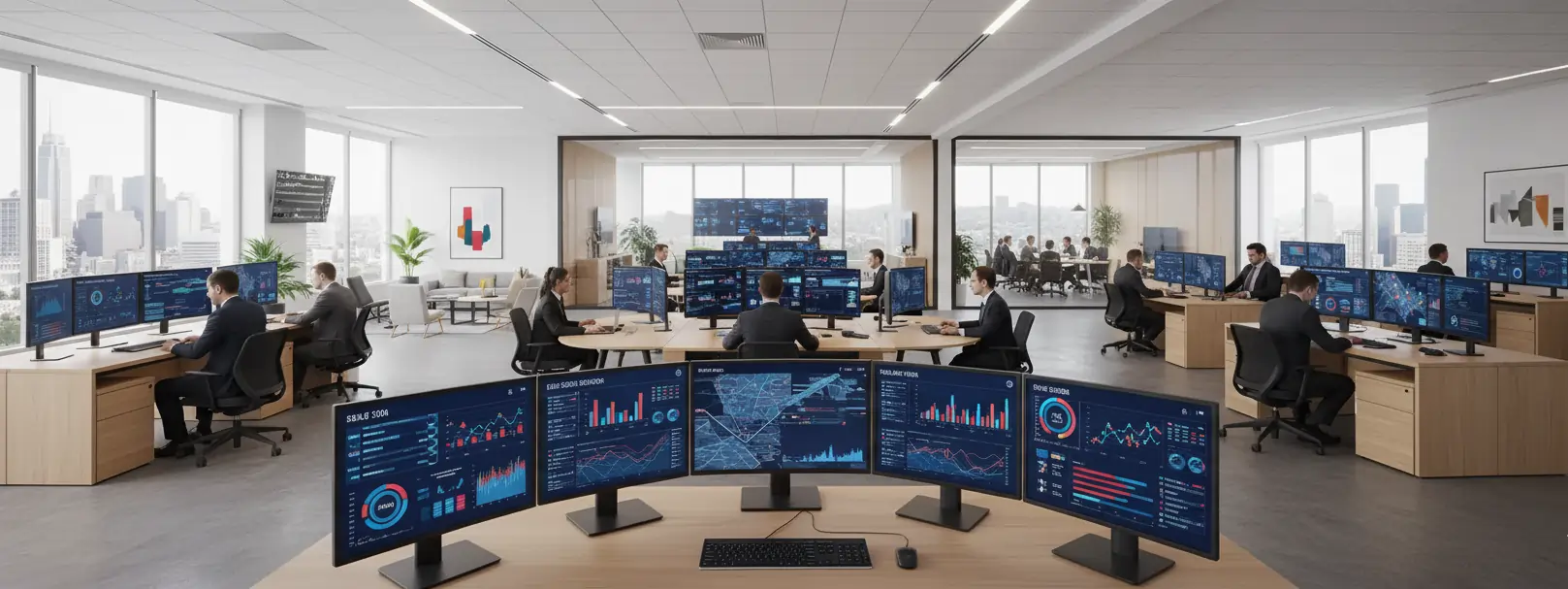Renovating a bathroom can be an exciting project, but it requires careful planning, attention to detail, and a clear understanding of the process. From initial design to final touches, here are 10 essential steps to ensure a smooth and successful bathroom renovation.
1. Establish a Budget
The first step in any renovation project is determining your budget. A bathroom renovation can range from a simple refresh to a complete overhaul, so it’s essential to establish how much you’re willing to spend. Your budget should include:
-
Materials: Tiles, countertops, cabinetry, and fixtures.
-
Labor costs: Contractors, plumbers, electricians.
-
Contingency: Set aside at least 10-20% of the total budget for unexpected costs.
Be realistic about what can be achieved within your budget and keep track of all expenses to avoid overspending.
2. Plan the Layout
The layout of your bathroom affects both functionality and aesthetics. Depending on the size of your space, decide whether you need to alter the layout or keep it as is. Consider the following:
-
Shower/Bathtub placement: Ensure that the shower or bathtub is in a functional spot. The flow of traffic in the bathroom should be considered as well.
-
Storage: Include storage solutions like vanities, cabinets, or open shelves.
-
Electrical outlets: Ensure they are conveniently placed for lighting, charging, or appliance use.
You can create a rough floor plan, or if you’re unsure, hire a designer to help you optimize the space.
3. Choose Your Style and Materials
Deciding on a design style will help guide your choices for materials, colors, and fixtures. Whether you’re going for a Custom Bathroom Renovations in Beaconsfield , minimalist, classic, or rustic look, ensure that the materials align with your desired style. Common materials include:
-
Tiles: Ceramic, porcelain, natural stone, and subway tiles for walls and floors.
-
Countertops: Quartz, granite, marble, or solid surface options.
-
Fixtures: Faucets, showerheads, and handles that match your style (modern, vintage, etc.).
Consider durability, water resistance, and ease of cleaning when selecting your materials.
4. Demolition and Preparation
Once your design and materials are selected, it’s time to remove the old features. This includes:
-
Removing fixtures: Bathtubs, sinks, toilets, mirrors, and cabinets.
-
Tearing down old tiles: Use a hammer or tile remover to remove tiles from the walls or floor.
-
Plumbing and electrical disconnections: If moving plumbing or electrical elements, ensure these are disconnected before beginning.
Take care to dispose of old materials properly, and ensure you have a clear space for the new installation.
5. Install New Plumbing and Electrical Systems
If you’re changing the layout or upgrading plumbing fixtures (e.g., adding a new shower or sink), this step is crucial. You may need to reroute water lines or install new plumbing systems for your updated fixtures.
-
Plumbing: Install new pipes, faucets, showerheads, and other necessary plumbing features.
-
Electrical: Install new lighting, outlets, and switches, especially if you’re changing light fixtures or adding heated flooring.
It’s recommended to hire professional plumbers and electricians for this step to ensure everything is up to code and properly installed.
6. Install New Walls and Flooring
After plumbing and electrical work is done, focus on installing new wall coverings and flooring:
-
Flooring: Tile, vinyl, or water-resistant wood options are common in bathrooms. Ensure the flooring is slip-resistant, especially near showers and tubs.
-
Wall Treatments: Install waterproof materials like tile, fiberglass, or water-resistant drywall. You may also consider using tile backsplashes or wainscoting for added texture and style.
Make sure all surfaces are level and properly sealed to prevent water damage in the future.
7. Install New Fixtures
Now, it’s time to install the new bathroom fixtures. This includes:
-
Bathtub or Shower: Install the shower pan or tub, and ensure proper sealing to prevent water leakage.
-
Toilet: Place the toilet in the designated area and connect the water line.
-
Vanity/Sink: Install the vanity and connect plumbing fixtures.
-
Mirrors and Accessories: Hang mirrors, towel bars, and any other decorative elements.
Check that all fixtures are level and secure to avoid future issues.
8. Add Lighting and Ventilation
Lighting and ventilation are crucial for both the aesthetics and function of a bathroom. Install:
-
Lighting: Consider recessed lights, vanity lights, and task lighting for different areas of the bathroom (e.g., above the mirror, in the shower).
-
Ventilation: Install an exhaust fan to prevent mold and mildew buildup due to humidity.
Ensure the lighting is both functional and flattering, while the ventilation system is powerful enough to remove excess moisture from the room.
9. Final Touches and Detailing
Once the heavy lifting is done, focus on the final touches that will bring your bathroom together. This includes:
-
Painting and Touch-Up: If there are any areas that need painting, touch up the walls and trim.
-
Installing Accessories: Add your new towel bars, toilet paper holders, shower caddies, decorative items, and storage units.
-
Mirror and Shelves: Hang a stylish mirror above the vanity and consider additional shelving for extra storage.
Small accessories can dramatically enhance the space’s style and functionality.
10. Clean Up and Final Inspection
After the installation is complete, do a thorough cleaning of the entire bathroom. This includes:
-
Cleaning surfaces: Remove any dust, debris, or smudges left from the renovation.
-
Inspecting functionality: Test the faucets, shower, toilet, and lighting to ensure everything is working correctly.
-
Check for leaks: Turn on the water and check all plumbing fixtures for leaks or malfunctions.
Once everything is in perfect working order, step back and appreciate the transformation.
Conclusion
A bathroom renovation can significantly improve both the functionality and aesthetic appeal of your space. By following these 10 essential steps, you can achieve a renovation that meets both your practical needs and design desires. With proper planning, skilled labor, and attention to detail, your new bathroom will not only look great but will also serve you well for years to come.


